|
For the last 5 weeks we have been running and walking as groups of 5 plus a leader, and it has been brilliant! When the Government changed the regulations at the beginning of June, we were really excited and straight away we looked at how we could get back to social running. We looked at all the guidance available and put together a plan for us all to follow, to make sure we could meet again safely. Our biggest priority is to keep everyone safe, so we keep a 2m distance when we walk, run and stretch, we arrive at our meeting places on time so we don’t have to wait around, if anyone feels unwell in any way we ask them to stay at home and we keep to quiet roads and paths to minimise our contact with other path users. We were all really excited to get back together, we have all kept motivated in the virtual world, with our great “Challenge Tuesday” and we have had strength and conditioning and stretching classes live online, but there is nothing quite like being out in the fresh air together. We were all a little apprehensive to begin with, after all this virus has not gone away! But we knew we needed to restore a little normality to our lives. Exercising outside is so important for both our physical and mental health, and we had all been missing it! So, on Sunday 7th June we started back, to begin with we offered a few groups on different days, they were immediately oversubscribed so we slowly added more groups in to the mix and now have 15 going out each week. It’s great to be able to offer most people at least one group run a week. We are so grateful to our leaders too, for taking out groups and keeping everyone safe. We are already looking towards the future; we can’t wait for the time when we can restart our popular Couch to 5k groups and our longer distance runs. We will need to wait for further relaxation of the guidelines before we can plan these though. For now we will keep on providing a great, fun, safe environment for our runners and walkers. Keep safe everyone! Marie and Rhiannon
0 Comments
Its been a little while since I’ve written a blog so I thought it was about time I put pen to paper! I have absolutely loved being back at ‘work’ over the past few weeks and it’s been awesome seeing so many of you out with us. Over the lockdown we have all had our own highs and lows, some of us have managed to get out training and some just haven’t and that’s completely ok. Over the past couple of weeks, I’ve noticed some of you have felt like you are failing, can’t keep up and just generally found running/walking hard. Lots of you will have heard me and Marie talking about our heart rate and how important it is for good training results so thought it would be a perfect topic for my blog. So lets talk about max heart rate and training zones, first of all we need to be able to determine our maximum heart rate. There are several ways that we can do this and most of them involve a laboratory style assessment however we can all work out a rough estimate of our max HR by using a simple formula 220 – Your age Although this is a very general calculation it will give us all a good base and from there, we can tweak the number to suit us. So, I am 33 meaning my Max HR should be 220-33 = 187. I would consider myself to be fit and I do regularly monitor my heart rate during my training and I know at my absolute maximum effort my heart rate will be around 191 so it’s a pretty good estimate. Once we have worked out our maximum heartrate we can start to understand how it can affect how we feel during training and after. When I am in my top zone (so in my top heart rate zone of 90-100% of my maximum), I can’t talk, thinking is hard and its not maintainable for a long period of time. Whereas when I am in my 1st, 2nd or 3rd zone I can comfortably talk, I feel comfortable and relaxed and providing my legs will allow me I can keep on going. My body utilises my energy stores effectively rather than using the most easily accessible sources which can leave you feeling exhausted. Are you questioning what are these zones? Our heart rate zones are a reflection of the percentage of our max heart rate. Zone 5 90-100% Max HR Duration - Less than 5 minutes Benefits – Increase maximum sprint race speed Feels like – Very exhausting for breathing and muscles Recommended for – Very fit people/ athletes Zone 4 80-90% Max HR Duration 2-10 minutes Benefits – Increase max performance Feels like – Muscle fatigue and heavy breathing Recommended for – ‘Fit’ people and for short exercise Zone 3 70-80% Max HR Duration 10-40 minutes Benefits – Improves aerobic fitness Feels like – Light Muscular fatigue, easy breathing, moderate sweating Recommended for – Everyone for typical, moderate long exercise Zone 2 60-70% Max HR Duration 40-80 minutes Benefits – Improves basic endurance and helps recovery Feels like – Comfortable, easy breathing, light sweating Zone 1 50-60% Max HR Duration 20-40 minutes Benefits – Improve overall health, helps recovery Feels like – Easy every day moving around Recommended for – basic training and novice exercisers and active recovery As you can see from the table it is important to make sure we aren’t pushing ourselves too hard because our heart will be in a zone that is not maintainable, and we will have to stop. The longer we exercise the harder our heart will have to work to metabolise the energy we need to keep going. A good training plan should be a mix of using zones 1-4. To improve our resting HR and Max HR we need to push ourselves into zone 4 but only for very short periods and certainly not during every run. We must let our bodies recover in between sessions, by also training in zone 4, you will experience symptoms of exhaustion. We should be looking to run at a comfortable chatting pace, this is a really good indicator that your heart is in the correct zone (zone 2-3). Your runs will become easier, your heart will thank you and so will your other muscles. Realistically you only need to try and push into zone 4 for a few minutes once a week to increase your cardiovascular fitness and that can easily be done by a short burst that is relative to your level. In summary – slower is better, your muscles will be receiving the oxygen and nutrients they need, they will be able to utilise your bodies energy in the most efficient way and most importantly you will be looking after your heart. Please remember, no one is ever too slow for happy feet. Take your time, enjoy your run and we will always muster Much love Rhi x |
Author
Happy Feet Fitness Archives
August 2023
Categories |
Menu |
Latest Groups |
|
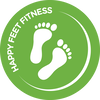
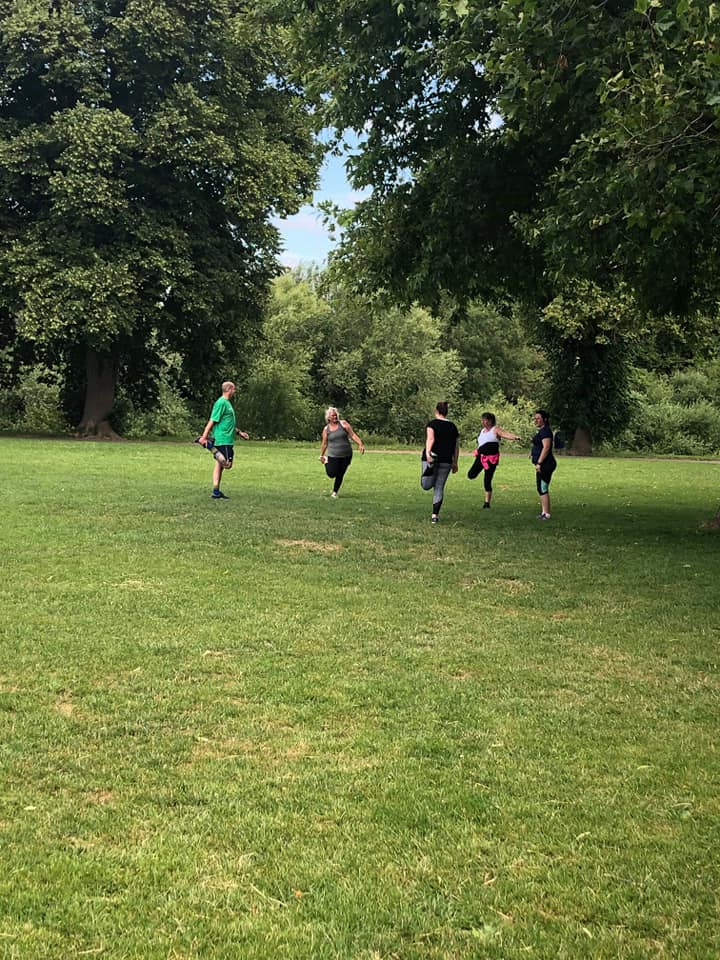
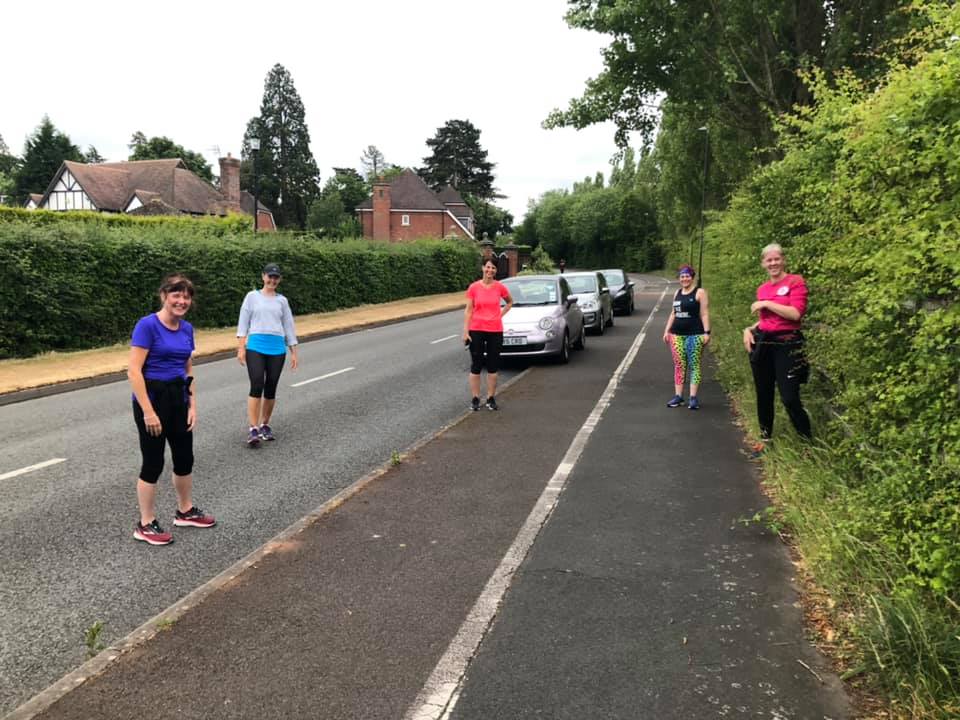
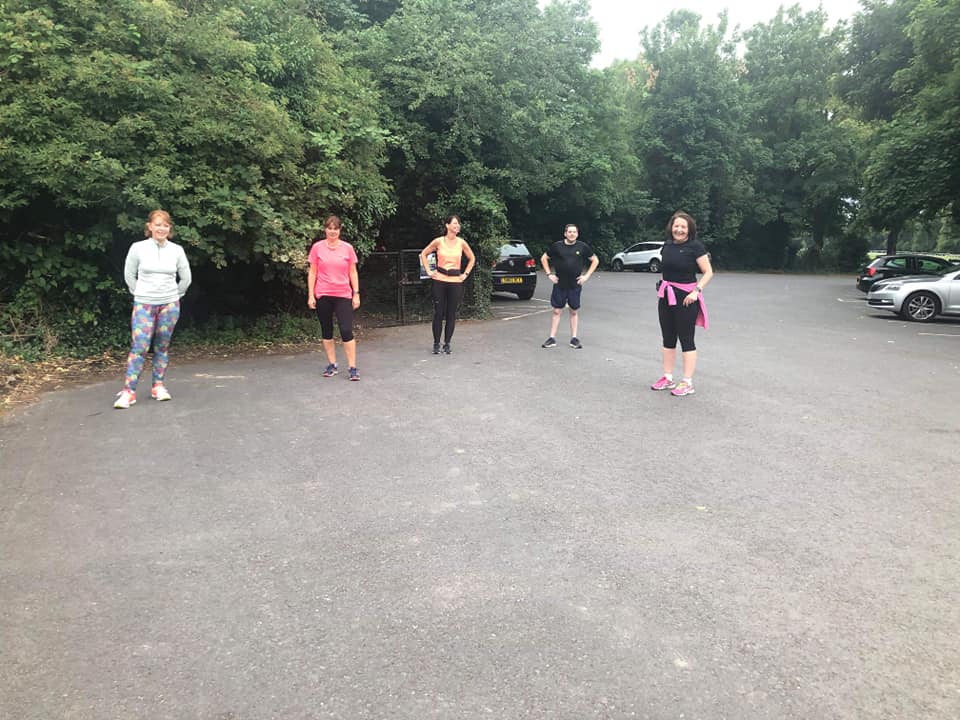
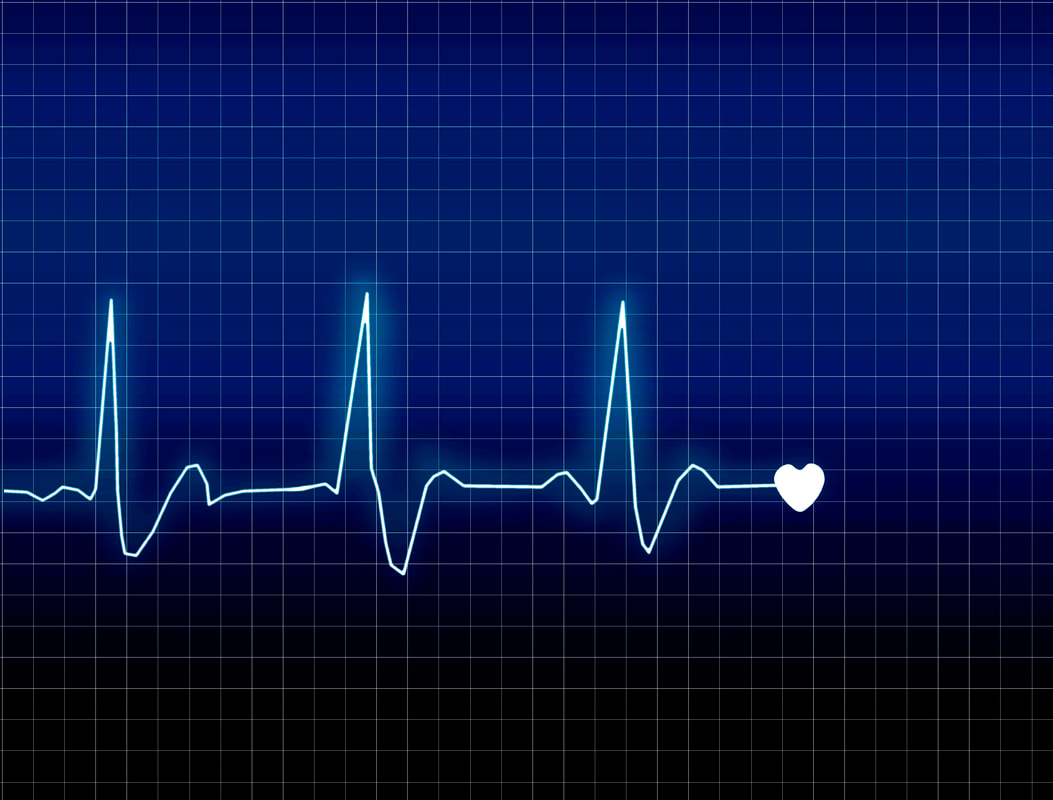
 RSS Feed
RSS Feed
